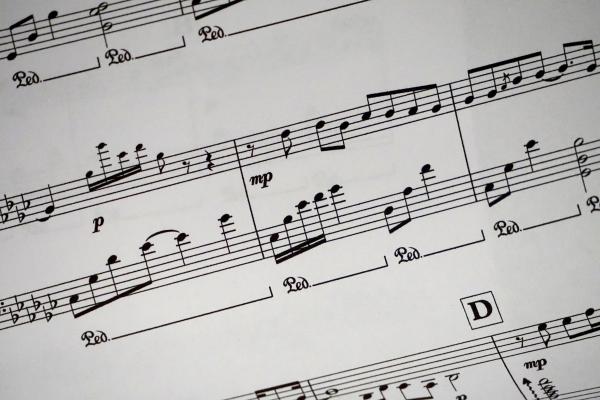Music Theory
We're used to learning the theoretical foundations of music in solfeggio lessons. But in fact, solfeggio is a small part of the body of theoretical knowledge about copyright free music accumulated by mankind. Solfeggio is one facet of music theory. What other disciplines are included in music theory?
Harmony
We consider music that is pleasing to the ear to be harmonious. And this is why one music is pleasing to the ear and the other sounds like a chaotic collection of sounds, harmony explains. The concepts of harmony are musical intervals, a sound scale of the interval kind in a sound system; the notion of harmony is the central category of harmony. Harmony is a subject required to be studied in conservatories and music colleges, harmony reveals the laws and rules of
Polyphony
It is a subject of the music theory complex that studies a type of polyphony in which the voices are equal and each is endowed with a melodic meaning. The accent in the word polyphony falls on the second o. Pronunciation of the word with emphasis on the second and is characteristic only of metaphorical usage.
Musical Form
Musical form is a branch of music theory that studies the scheme of structure of musical compositions, highlighting patterns of structure of styles. Musical form is inextricably linked to content, and is inseparable from harmony and polyphony. For musicians, musical form is like genres in literature. An epic, a novella, a play - they are built according to the rules of laws. And so in music: sonatas, symphonies, variations have rules of construction and characteristics, which are studied musical form.
Solfeggio
A subject that develops musical hearing and memory. In solfeggio they analyze music by ear, write musical dictations, and sing the notes, naming them. The goal is to learn to read notes and write them down fluently and without mistakes, to develop absolute and relative hearing.
Instrumental Science
Branch of musicology. Studies musical instruments: history, structure, acoustic properties, application, individual characteristics.
Instrumentation ("orchestration", "arrangement").
This course tells how to arrange a musical composition for performance by a group of musicians. A composer writes a score (musical notation) of a multi-voiced work. Writing a score requires knowledge of musical instruments, playing features and techniques, and techniques. Having a fundamental knowledge of the musical instruments, the composer in a polyphonic composition reveals each of them in a favorable light, gives meaning and awe to the sound.
Rhythmics
A course on the laws of rhythm. Examines the proportions of rhythm, identifies types of rhythm. Classes in rhythmics help you understand and hear rhythm in a musical composition and develop a sense of rhythm.
Elementary music theory
Initial mastering of musical notation in a simplified form. After the passage of ETM proceed to the study of other sections of music theory.
We have familiarized ourselves with the sections of music theory, and now we know that studying the theoretical aspects of music is a painstaking activity that requires patience and perseverance. It is only by comprehending music theory, getting used to it, and absorbing it that a musician gains the long-awaited freedom in creativity.
We invite you to the lessons of music theory in Minsk at the school MuzShok. The course of study is designed for children and adults of any level.
Music education of the child
Music education of the child is important in the formation of the personality. Through music, children become familiar with cultural life, enriching their inner world. In the process of listening to music, they develop cognitive interest, taste, expanding their horizons. Parents are always concerned about whether their child is capable or not. Undoubtedly, this question is very important in order to determine the further life path of their baby, on what aspects of the development of his personality should be focused on.
Dear parents, there are some tips on how to develop musical abilities in children. As a rule, music is used in communicating with the baby only in a few cases: when the child is sleeping or falling asleep, but musical accompaniment can be used in other situations in life. When your baby is sad, you can play sad music, and when she is happy, you can play happy music. Include music when the child is eating, playing, or bathing. This way, the child will be able to identify the mood of the melody and develop an instinct or sense of melody. You can learn the rhythm of the melody with your child at home. You can play this game: clap your hands, or stomp your foot to the rhythm of the music. Your baby's musical hearing can be developed by introducing high and low sounds. You can use your voice or toy musical instruments to do this. And if there is a piano at home, that's great! You can show your baby how a mosquito buzzes and flies, stomping bear or squirrel jumps. All this can be accompanied by movements, for example, ask him to show how a squirrel jumps. And so on.
Parents need to remember that where older people like music, sing, play musical instruments, it creates a favorable environment for the development of abilities. As often as possible to arrange joint duets with mom, dad, grandmother. The support of the family is very important, it's what determines the formation of abilities. The most important thing parents can help their child is not only to see incipient abilities, but also to help him, sometimes with perseverance, to properly dispose of them.

